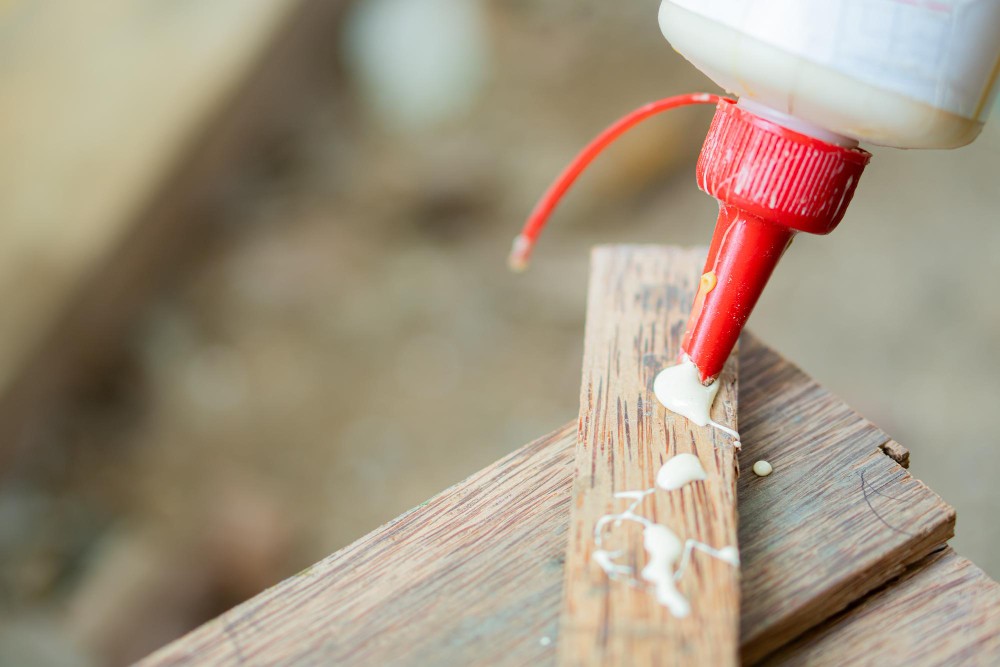
Plastering is essential to create a surface that can withstand paint and decorative items from the inside out. However, do you know what the concerns are if you don’t apply PVA before plastering? Here in this blog, we’ll explore them along with the benefits of PVA application.
PVA, or Polyvinyl Acetate, is a glue commonly used by decorators and painters for plastering. It is mixed with water and applied to walls or ceilings prior to the application of plaster. This process helps seal the surface and prevent moisture from being absorbed. As a result, we get an even base for smooth plaster adherence and finish.
PVA plays a vital role in the plastering project and is an essential ingredient for this job. That’s why it’s crucial to apply on the walls that are damaged or have random cracks.
Firstly, PVA is used for priming brick or plasterboard walls. These materials absorb water quickly and are prone to moisture. This leads to an uneven surface because the plaster solution dries rapidly. Thankfully, PVA resolves the issue and acts as a sealer to fill in the holes for a smooth application.
Secondly, PVA acts as a great bonding agent between the plaster & wall. When it is mixed with water and applied on a surface; it dries to form a slightly sticky layer. This tacky surface gives the plaster something to grip onto. That’s why it’s very useful on tricky surfaces like glossy paint or old plaster. Without this sticky layer, the plaster might not hold well and could fall off sooner or later.
In warm regions and during high-temperature days, moisture is a major concern. Since plaster needs time to set correctly; therefore, it is necessary that it does not dry out quickly. Bare walls can absorb water too quickly, which causes the plaster to dry out before it should. As a result, it can lead to cracks, resulting in a weak finish. Yet, PVA slows down the drying process, allowing the plaster to set evenly in dry conditions where it might harden too quickly.
Skipping the PVA application before the plastering process can be a headache. If the wall isn’t coated, it absorbs moisture from the plaster, causing uneven drying. This quick drying can create cracks and prevent proper adhesion across the wall. Ultimately, the plaster will detach or peel away, and you’ll waste both time and money.
As you understand, neglecting PVA can be costly. Let’s explore the simple method for using it for your residential and commercial spaces.
Are you unsure whether to consider the plastering project for now? Our experts will visit your location and conduct a thorough analysis of how it should be catered for accordingly. As a Checkatrade verified service provider, we’re premier plastering experts near you. You can reach us by calling 07432022875 or emailing at jjudge958@gmail.comto obtain an instant quote.
Copyright © 2025 Judge Plastering. All Rights Reserved.